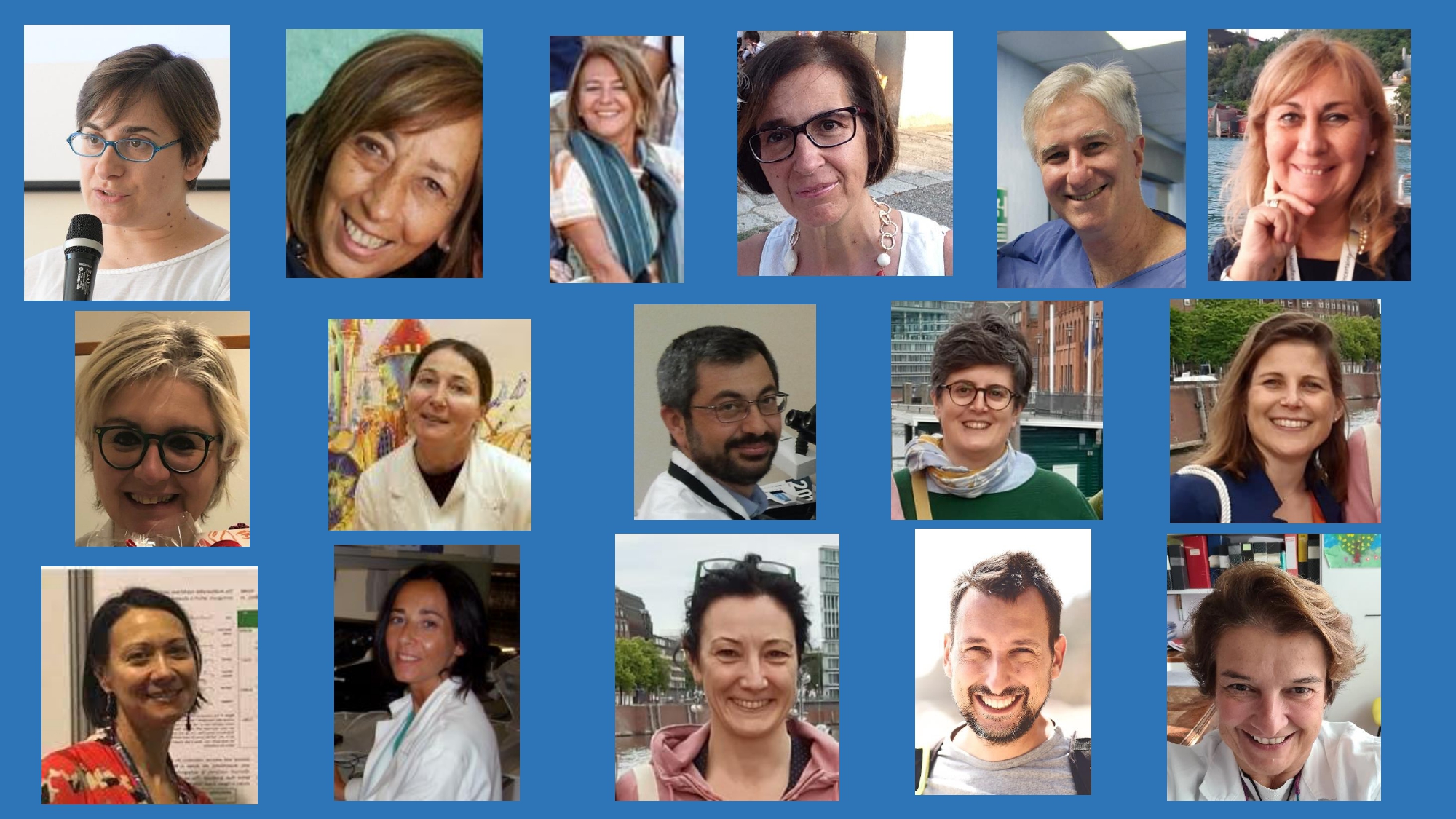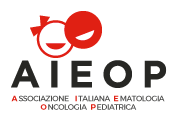“MEET AIEOP’S WORKING GROUPS!”
Each week we will be featuring two of AIEOP’s 29 Working Groups and their coordinators as an opportunity for the international medical community to get to know them and their important work!
Meet the Brain Tumor Working Group
&
Coordinator Maura Massimino

Tell us a little bit about your background as Coordinator of the Working Group?
Since 2000, I have been in charge with the highly specialized position in paediatric neuro-oncology at Fondazione IRCCS Istituto Nazionale dei Tumori; my clinical and basic research with institutional, national and international collaborations has been particularly aimed at the study of paediatric brain tumors, paediatric lymphomas and late effects of anti-neoplastic therapies in the paediatric age. I am the author of more than 250 papers on peer-review journals and over 400 communications at international meetings. I am an author for Orphanet, an international database dedicated to information on rare diseases and orphan drugs. I belong to the Editorial Committee of Child’s Nervous System, CNS Oncology, Children, Pediatric Blood and Cancer, European J of Cancer Pediatric session, Neuro-oncology, and I am a Peer-Reviewer for numerous journals.
What is the overall aim of the WG as well as what is a current goal?
I believe that the main object of this WG is to ensure a high diagnostic and treatment standard for all patients with SNC tumors in our country.
This can be achieved by entering cooperative trials but also by overcoming the different centers’ competencies and experiences with accurate advice that are generally obtained by the use of centralized referral and coordinated efforts with peripheral centers.
What has been your WG’s greatest accomplishment?
I am particularly happy of the effort that has been done for opening, within the last 7 years, four different international interventional protocols for standard and high-risk medulloblastoma, for ependymoma and for diffuse midline gliomas in the major centers treating patients with brain tumors in Italy. We are now working on a new protocol for all high-grade gliomas in pediatric age, a very big effort since there has been no prior protocol.
What message do you have to the international medical community or what is your hope for the future of your field of work globally?
Of course we hope to cure more and better. The hope is also to lower the gap between rich and poor or less developed country results, and, speaking of our country, to lower the gap between small and larger centers, or less and more experienced ones. This can be achieved also by a robust and trustful network both nationally and internationally.

